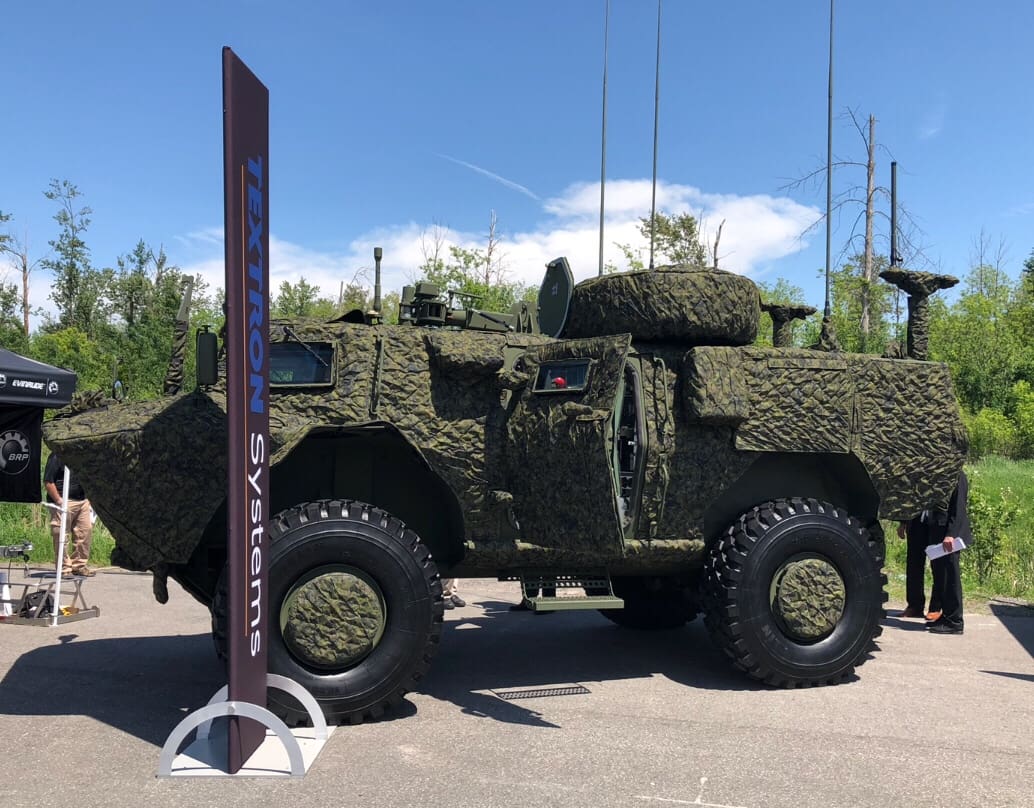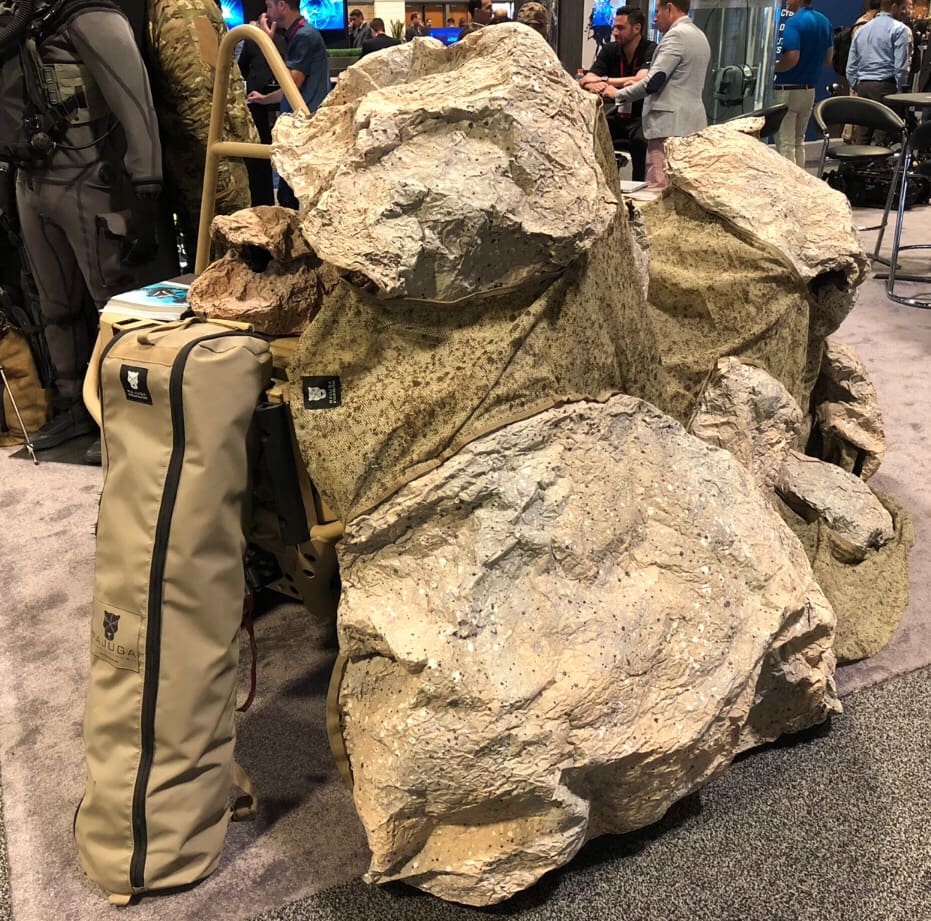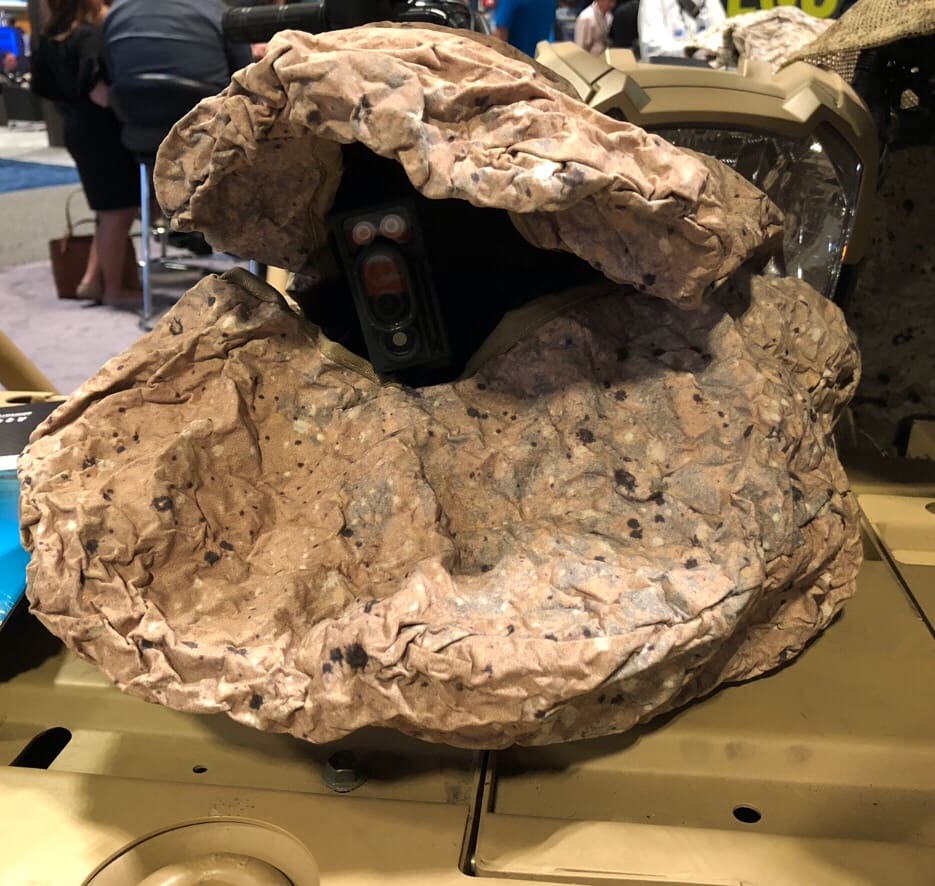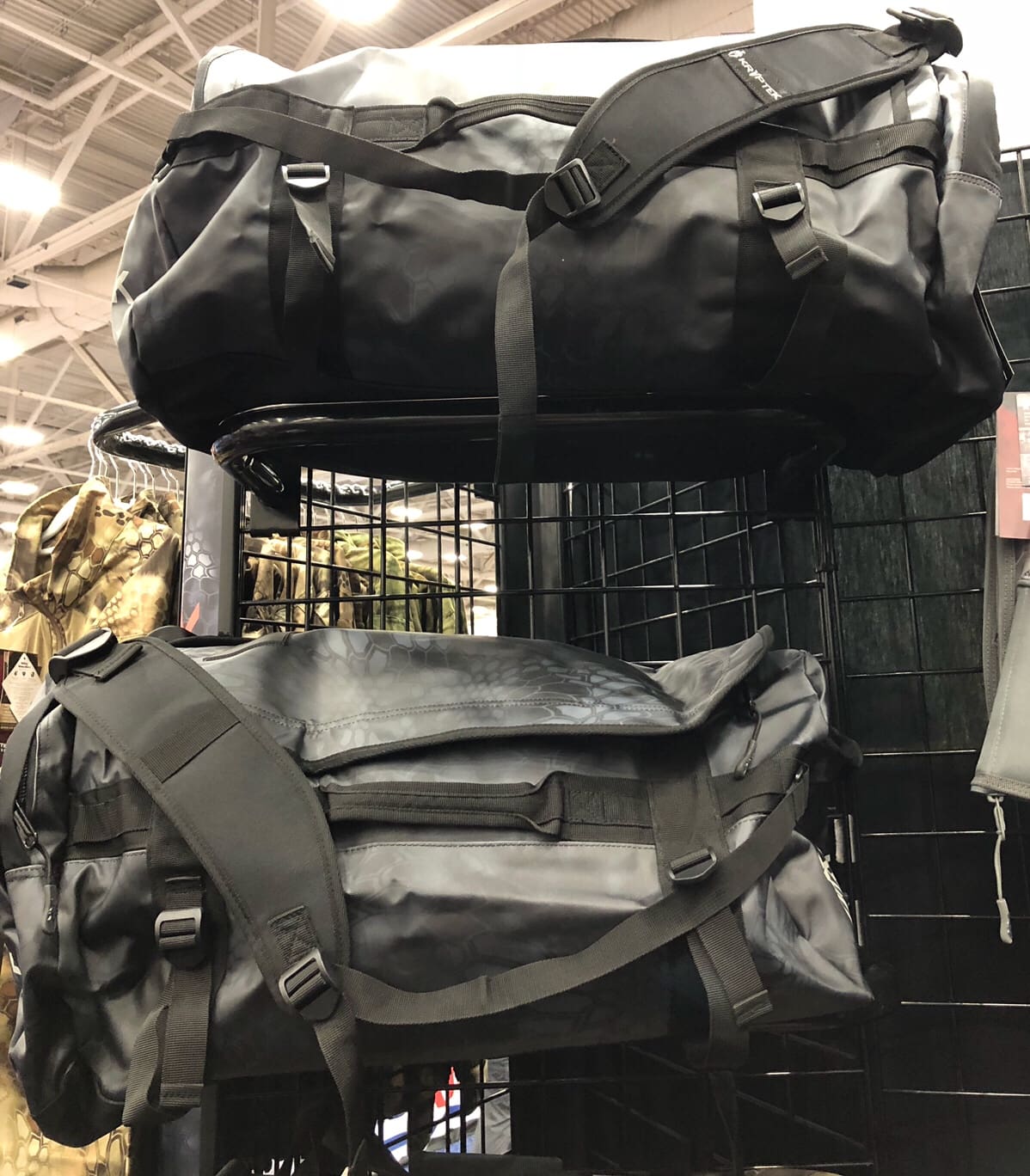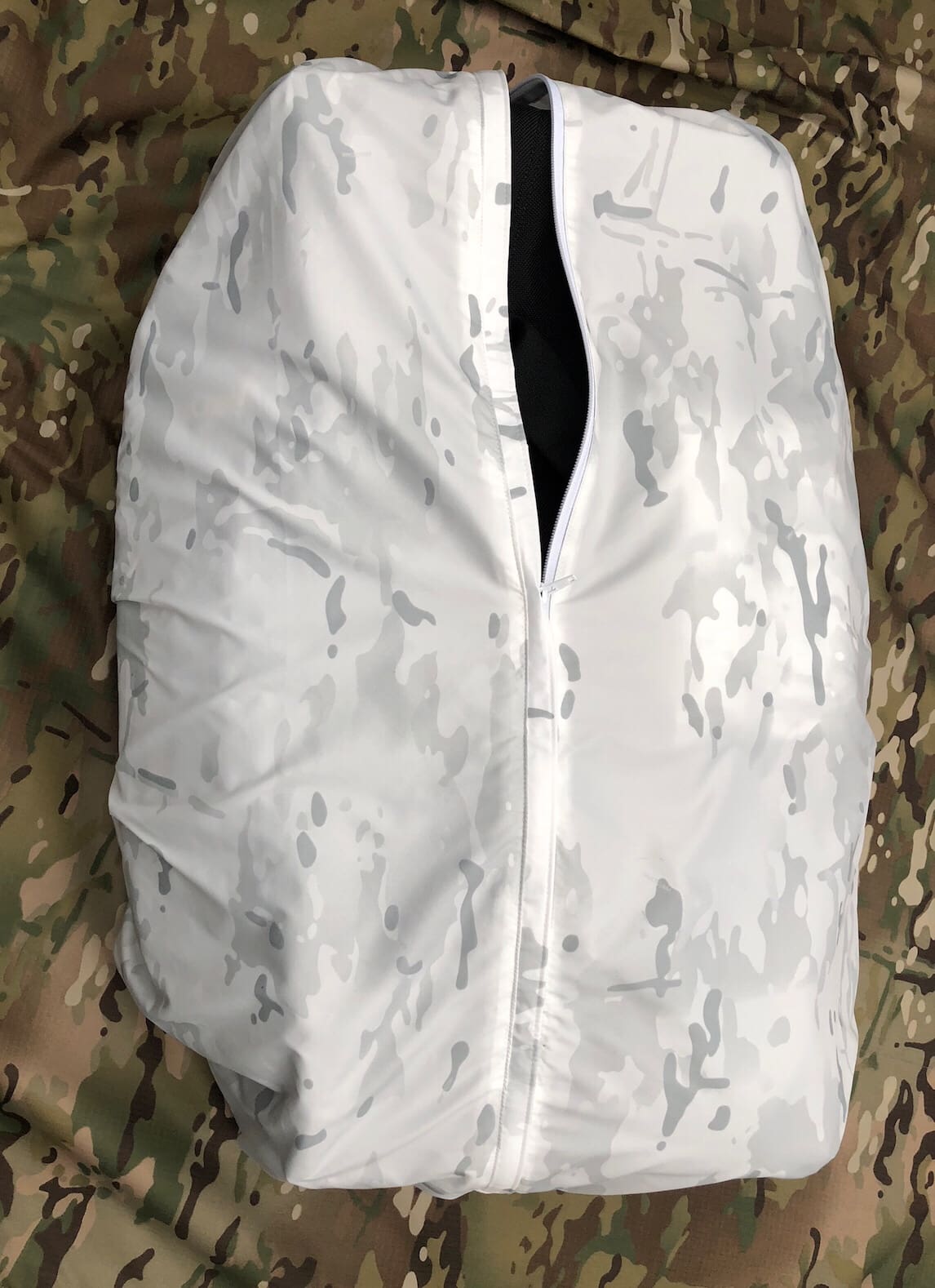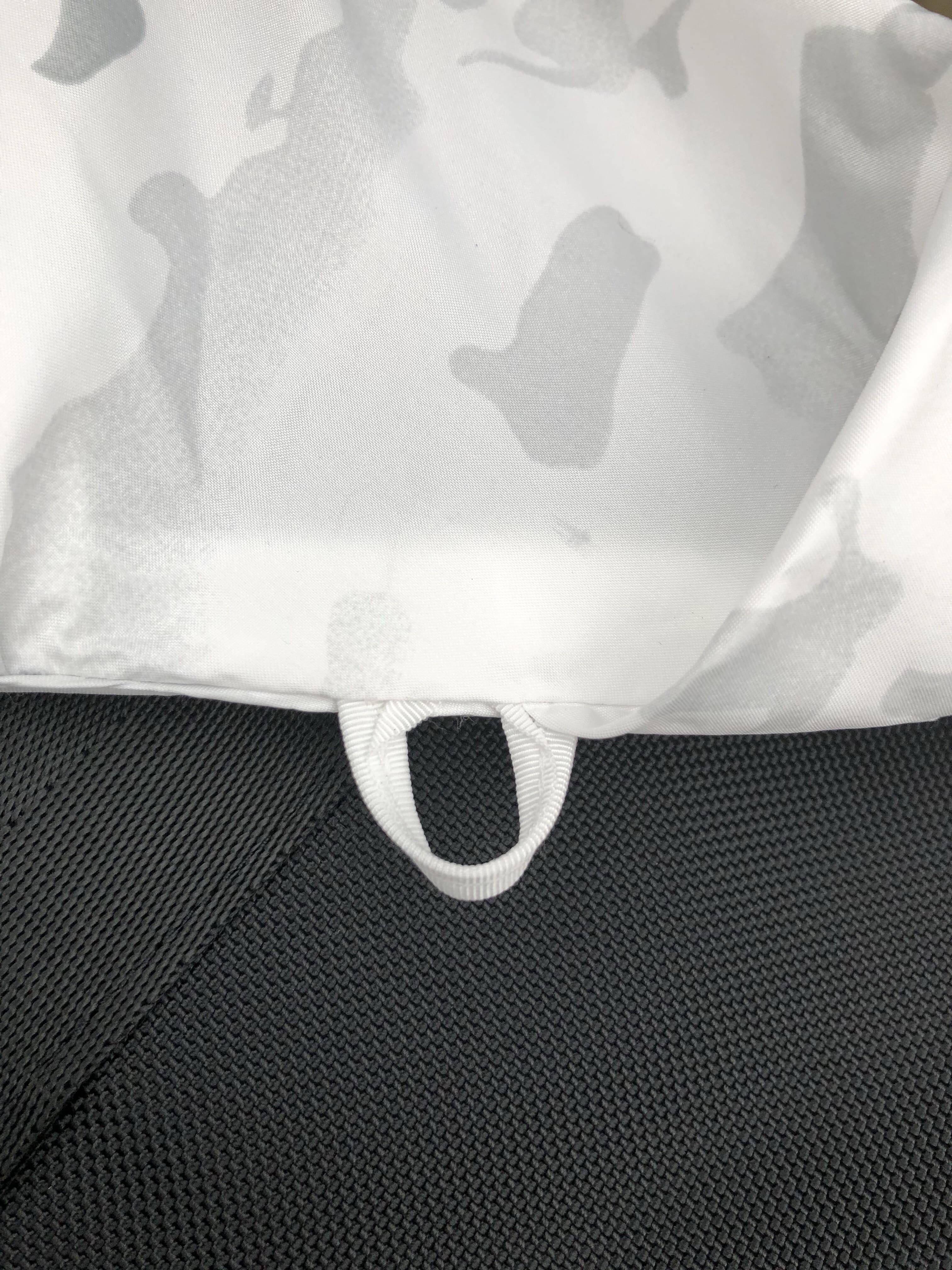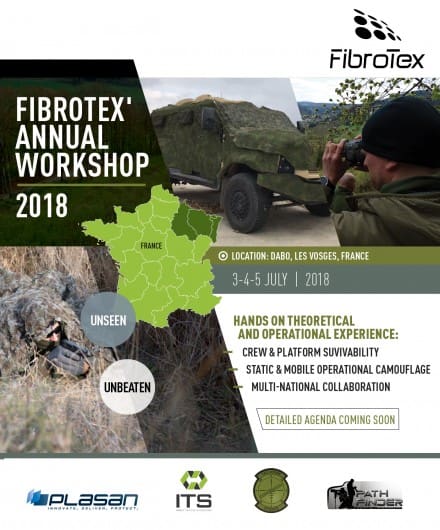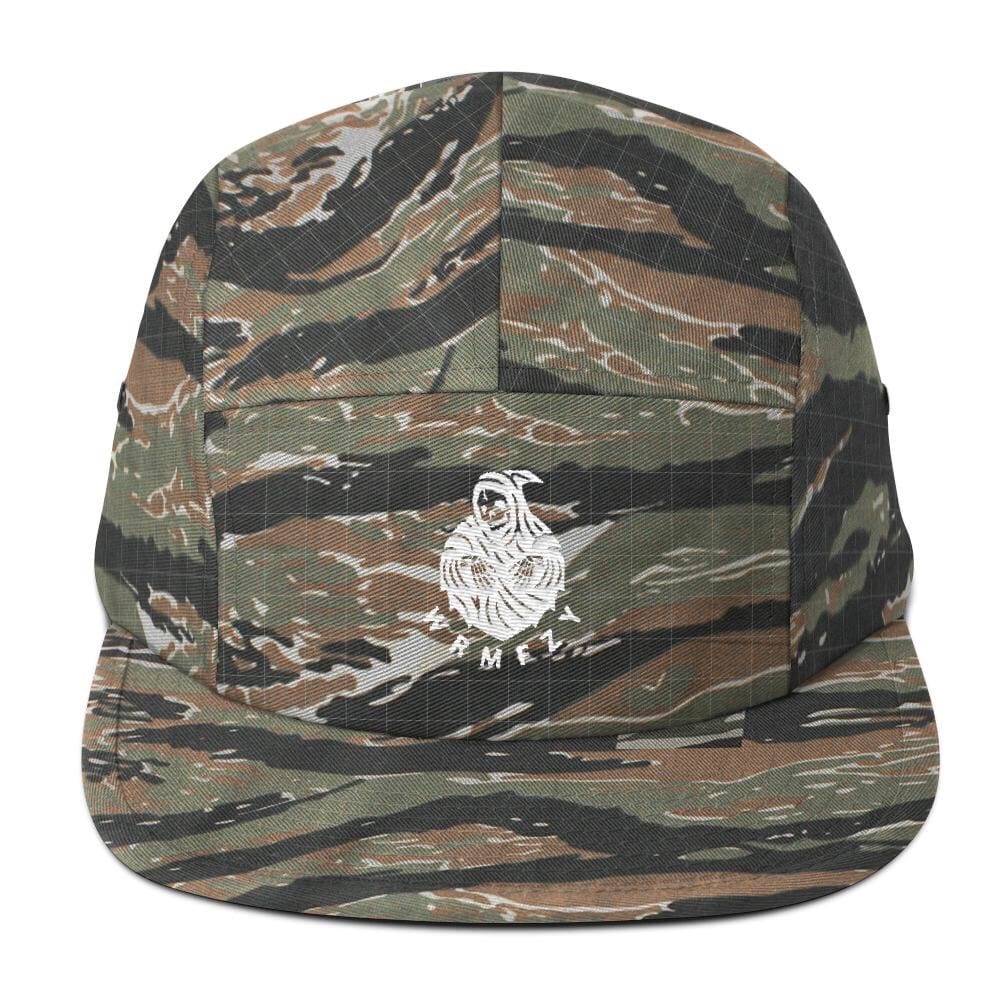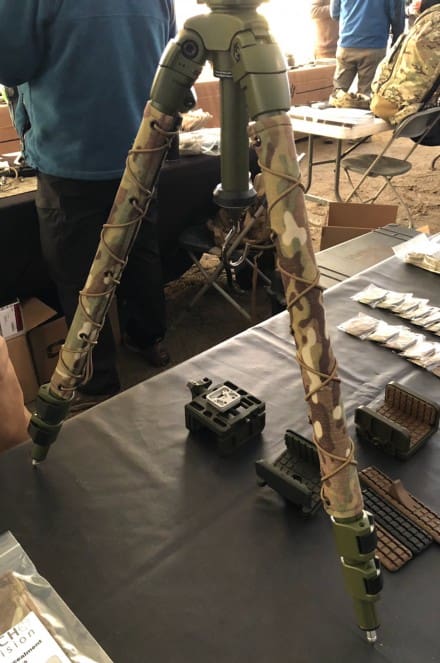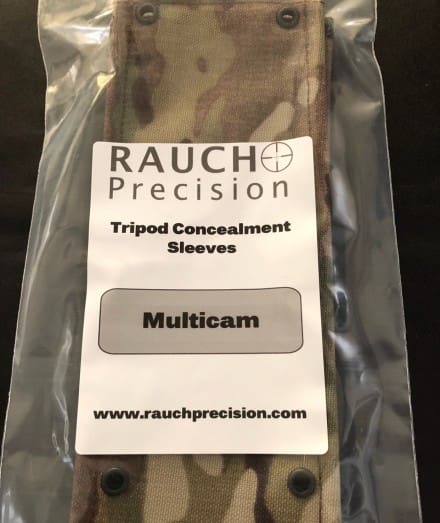Washington DC—April 2, 2018—Fibrotex USA, Inc.
Fibrotex USA, Inc., a wholly owned subsidiary of Fibrotex-Tech of Israel, is pleased to announce that it is being awarded a contract by the US Army Natick Soldier System Center for the further development, testing and manufacture of the next generation multi-spectral Ultra-Light Weight Camouflage Net System; ULCANS. The 10-year competitive ID/IQ contract has a total value of $480M (USD). It will be administered in two phases with a final down select by FY 2019.
Eyal Malleron, the CEO of Fibrotex USA commented: This is a significant step forward for the company. We are excited to bring the latest technology advances in multi-spectral camouflage applications to the US Army and look forward to working closely with our partners, Outdoor Ventures in Sterns, KY, as well as the US Army to bring these advancements to our warfighters.
About Fibrotex: Fibrotex develops and manufactures innovative Signature Management Systems for Armies and Special Forces around the world for more than 50 years.
Our constant pursuit of excellence leads us to perfection as we deliver better solutions for the modern battlefield. Fibrotex brings high quality, tailor made products that are adapted to the environment and requirements of our customers, providing performance you can depend on.
For further information, please contact:
Fibrotex USA,
202-804-CAMO (2266)
bizdev@fibrotexusa.com
www.fibrotexusa.com
